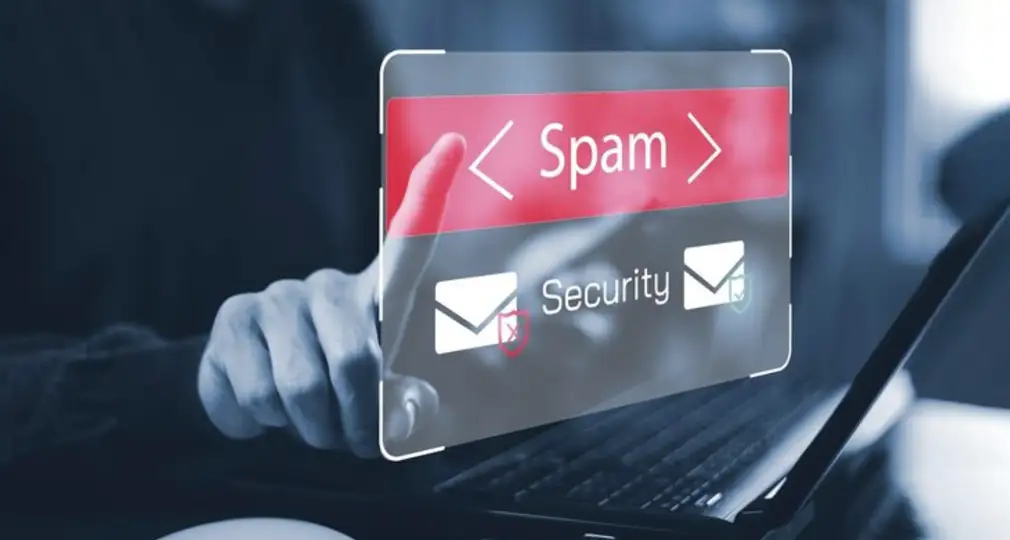Email remains one of the most effective tools for both business and marketing communication. However, industries such as online gaming and betting need to pay even closer attention to deliverability, as promotional emails with bonuses or free spins often end up in the spam folder.
Key Reasons Why Emails End Up in Spam
A tested checklist shows the main factors influencing deliverability:
- Content and email code – 30%
- Sending schedule – 30%
- Technical setup – 30%
- Other factors – 10%
These insights are based on campaigns sent to databases of 50,000–300,000 contacts, tested across betting, e-commerce, loans, and dating industries.
Setup Before Starting Email Campaigns
- Separate domains for different email types – transactional, trigger-based, and bulk. Password confirmations should not suffer from marketing mailings.
- Multiple corporate mailboxes per domain – for sending and technical purposes. Avoid prefixes like info@, noreply@, pr@, office@; instead, use initials or unique names.
- DKIM configuration – set up digital signatures linked to the domain to prevent spoofing and ensure trust. Add the DKIM record to your hosting or ask a system admin.
- Postmaster setup – register with services like Google Postmaster to track domain/IP reputation and spam rates. Configure DNS, SPF, and DMARC to authenticate the sender.
- Feedback Loop (FBL) – collect spam complaints and monitor why emails are flagged.
- Test inboxes – create test accounts across different providers to check layout, inbox/spam delivery, and even subscribe to competitors’ newsletters.
Checklist Before Sending Emails
- Ensure sender domain matches DKIM domain.
- Confirm authentication and postmaster status.
- Warm up new domains gradually: start with 100–500 emails/day, increasing daily volume by ~30%.
- Clean content from spam words using dedicated tools. Replace with synonyms when possible.
- Use proper templates: HTML for aggressive industries, block editors (like Stripo) for general marketing, plain text for B2B.
- Validate with tools like MailTester to fix technical issues.
- Send test emails across providers to check inbox placement and mobile/desktop display.
If Your Campaign Lands in Spam
- Use test inboxes – send real campaign emails (not test emails) to check deliverability.
- Analyze spam folders – look at warning labels and reasons shown by providers.
- Download EML files – forward them to email provider support when requesting removal from spam.
- Check blacklists – with tools like 2IP or MxToolBox. If your IP is listed, request a replacement or use a dedicated IP.
- Contact your ESP support – ask for their insights and apply recommendations.
Key Takeaway
Spam issues are usually split into:
- 30% content & code
- 30% sending schedule
- 30% technical setup
- 10% other factors
By implementing best practices—technical setup, smart scheduling, content optimization, and active monitoring—most businesses can ensure their emails consistently land in the inbox. For larger or more complex cases, advanced strategies such as domain/IP warming, detailed header analysis, and customized delivery planning may be required.
Read more: Finance affiliate programs UK













